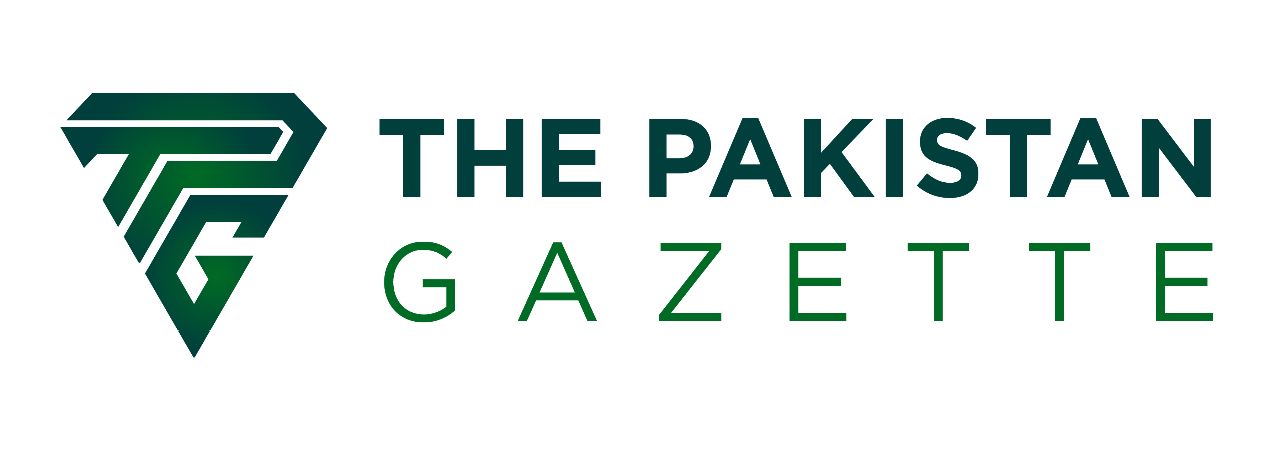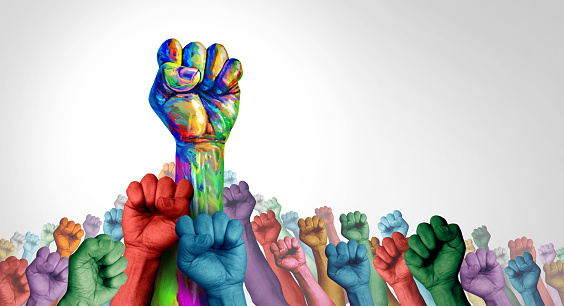
Advancing Social Justice: Understanding and Addressing Discrimination in Society
Introduction
The fair and equitable distribution of resources, opportunities, and rights within society is referred to as social justice. Discrimination based on race, gender, sexual orientation, and other factors continues to be a major issue worldwide, leading to inequality and injustice in various areas of life. The idea of social justice and the numerous types of prejudice that still exist in society will be discussed in this blog. We’ll also look at how discrimination affects society as a whole and consider ways to advance social justice.
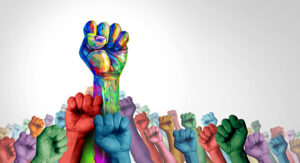
Discrimination Based on Race
Worldwide, racial discrimination continues to be a serious problem that affects people of all ages, genders, and ethnicities. The United Nations asserts that discrimination based on race and ethnicity is against human rights and a significant hindrance to social and economic advancement. African Americans and Hispanic/Latino people in the United States, for instance, continue to experience prejudice in settings including work, education, and healthcare.
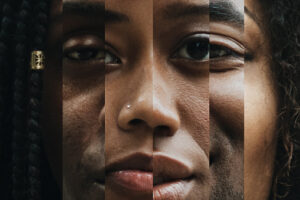
Statistics show that African Americans and Hispanic/Latinx populations experience higher levels of poverty than white populations in the United States. According to the U.S. Census Bureau, the poverty rate for African American households was 18.8% in 2019, compared to 7.3% for non-Hispanic white households. Similarly, the poverty rate for Hispanic/Latinx households was 15.7% in 2019, compared to 7.3% for non-Hispanic white households.
Discrimination Based on Gender
Another type of discrimination that still exists in society is gender discrimination. Women still experience prejudice in industries like healthcare, education, and work. The United Nations claims that gender inequality is a significant roadblock to social and economic advancement. In the United States, for example, women earn less than men on average.
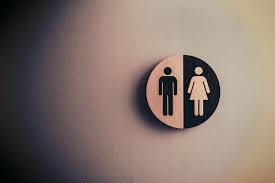
According to the U.S. Census Bureau, women earned 82 cents for every dollar earned by men in 2019. This pay gap is even wider for women of colour. African American women, for example, earn only 63 cents for every dollar earned by white, non-Hispanic men.
Discrimination Based on Sexual Orientation
Another type of discrimination that still exists in society is discrimination based on sexual orientation. LGBT people experience prejudice in a variety of settings, including employment, housing, and healthcare. The United Nations claims that discrimination against LGBT people constitutes a violation of human rights.
In the United States, LGBT individuals experience higher rates of poverty and homelessness than non-LGBT individuals. According to a report by the Williams Institute at the UCLA School of Law, 29% of LGBT individuals live in poverty, compared to 16% of non-LGBT individuals. Similarly, LGBT youth are overrepresented in the homeless population. According to a report by the National Alliance to End Homelessness, LGBT youth make up 40% of the homeless youth population in the United States.
Causes of Discrimination
Discrimination based on race, gender, sexual orientation, and other factors can have deep-seated roots in society and can be caused by a range of factors. Here are some of the main causes of discrimination:
Prejudice and Stereotyping: Discrimination can be caused by prejudiced attitudes and stereotypes about certain groups of people. These attitudes and stereotypes can be perpetuated through media, cultural norms, and socialization.
Lack of Diversity and Representation: Discrimination can be reinforced when certain groups of people are underrepresented in positions of power, such as in leadership roles, media representation, and political representation.
Institutional and Structural Barriers: Discrimination can be embedded in institutional and structural barriers that prevent equal access to opportunities, such as education, employment, and healthcare. These barriers can include discriminatory policies, practices, and laws.
Historical and Cultural Context: Discrimination can also be rooted in historical and cultural contexts, such as colonialism, slavery, and segregation. These legacies can perpetuate discrimination and inequality today.
Fear and Ignorance: Discrimination can also be caused by fear and ignorance about other cultures, identities, and ways of life. This fear and ignorance can lead to stereotypes, biases, and discrimination.
Consequences of Discrimination
Discrimination based on race, gender, and sexual orientation, has significant consequences for individuals and society as a whole. Here are some of the most significant consequences:
Economic inequality: Discrimination can lead to economic inequality, with certain groups experiencing lower wages and higher rates of poverty.
Limited opportunities: Discrimination can limit opportunities for individuals in areas such as education, employment, and healthcare.
Social exclusion: Discrimination can lead to social exclusion, with certain groups facing stigmatization and marginalization.
Mental health impacts: Discrimination can have significant impacts on mental health, leading to stress, anxiety, and depression.
Violence and harassment: Discrimination can also lead to violence and harassment, with individuals facing physical and verbal abuse.
Solutions to Promote Justice and End Discrimination
Educate and Promote Awareness: One of the most important ways to reduce discrimination is through education and awareness-raising. This includes delivering instruction and training on unconscious bias, cultural competency, and diversity and inclusion. Through media, the arts, and local events, it is also crucial to spread knowledge and understanding of various cultures, identities, and ways of life.
Implement Policies and Practices: To abolish discrimination, we need laws and practices that support diversity and equality. This includes putting anti-discrimination laws and procedures into effect in the workplace, educational institutions, and other settings. Additionally, it is critical to promote affirmative action policies and address institutional and structural obstacles that support discrimination, such as unequal access to opportunities.
Empower Marginalized Communities: To end discrimination, marginalised populations must be empowered. This includes giving marginalised populations assistance and resources such as access to healthcare, education, and employment opportunities. Additionally, it is critical to support marginalised communities’ representation and leadership in all spheres of society, including politics, the media, and business.
Hold Individuals and Institutions Accountable: To abolish discrimination, it is essential to hold people and organisations accountable for their discriminatory behaviour. This includes upholding anti-discrimination laws and rules and offering legal assistance to discrimination victims. Holding organisations responsible for their policies and practices that support discrimination is also crucial.
Foster Dialogue and Collaboration: Fostering dialogue and collaboration between different groups is essential to ending discrimination. This includes creating spaces for dialogue and discussion, promoting intercultural and interfaith understanding, and encouraging collaboration between different communities to address common issues.
In summary, ending discrimination requires a comprehensive approach that involves educating and promoting awareness, implementing policies and practices, empowering marginalized communities, holding individuals and institutions accountable, and fostering dialogue and collaboration. These solutions can help create a more equitable and just society for all.
Admin at The Pakistan Gazette
